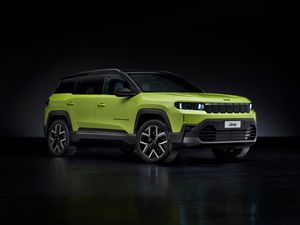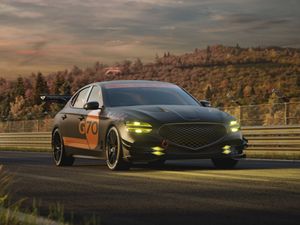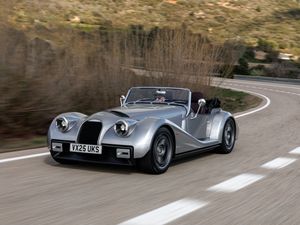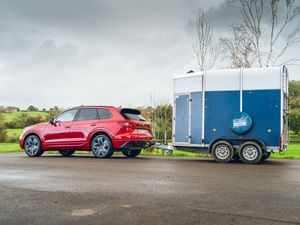Road Test: Mercedes A Class
[gallery] Hands up, does anyone remember the story about the Elk and the Mercedes A-Class?
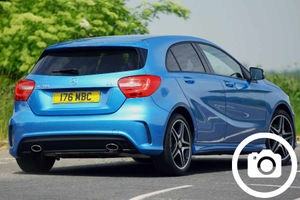
It's the tale of how the first A-Class had an inclination to topple over when braking hard in simulations to test how it fared if confronted with an elk wandering on Scandinavian roads.
You do recall the story? Well that was way back in 1997.
Since then the A-Class has undergone various tweaks and upgrades but it has never really tempted buyers away from its rivals in the compact hatchback segment.
But the latest A-Class is certainly doing that and also working well in Mercedes' strategy to lower the average age of its buyers.
For a start it looks completely different from the original. The very first models were tall although that slightly changed over its last two incarnations.
But now it is something completely different. Lower and sleek and far more sporty with smoother lines. Inside it's not like your usual executive Mercedes either. It's user friendly and a little bit sassy.
One downside is that space in the rear seats is a little less generous than the old one although the boot is nice and roomy.
One of its biggest draws for the younger crowd are the latest up-to-date gadgets, standard and as add-ons. Top of the list is the option of full iPhone integration which means the driver or front seat passenger can sync music and keep right up to date with email and social media – Facebook and Twitter are right there in the car with you.
In a society where safety is becoming more and more important on our roads,the A-Class has as standard radar-based collision avoidance which applies maximum braking power if the driver fails to brake hard enough to avoid a vehicle.
There is also an optional Pre-Safe system which recognises when an accident is imminent.
This came as standard on my A 220 CDI BlueEFFICIENCY AMG Sport model and I did experience it in operation, although in a controlled experiment.
I chose an empty car park, revved up accelerated and then slammed on the brakes as I swung the car round to the left. Sensing there could be an accident as the car was no longer under proper control, the windows were closed (an open sunroof would also be shut) and the passenger seat was moved to its safest position for possible impact – now that was weird feeling it move under you as the car spun.
The seat belt also tightens to give maximum tension, and that's something it does when you first get in the car and slide it into place.
I have to say it is the one thing I really don't like. And that is purely illogical. It is in the best interests of safety but makes me feel as if the car is taking away my control.
As standard you get ESP, Active Bonnet and Adaptive Break with HOLD function and Hill-Start Assist, the radarbased Collision Prevention Assist, which alerts a distracted driver through visual and acoustic warnings, as well as priming the Brake Assist function.
There's a choice of turbo-charged direct injection four-cylinder diesel and petrol engines with power ranging from 107 to 208bhp and for company car drivers or those who think really green, the lowest emissions come in at 99g CO2/km. It's not something you expect from a Mercedes.
My 220 had 170 bhp with the seven speed double-clutch transmission and I really enjoyed driving it across country down to Wiltshire, up along the M25 to Heathrow Airport and then back up a rain-lashed M40 to the Midlands.
The A-Class attracted me from the outside, made me feel comfortable and at ease on the inside and gave me a great deal of enjoyment. For me there's no rival to better it in the segment.
Prices start from £18,970.
By Sharon Walters

